The key to writing a compelling novel is creating characters and a sequence of events that readers care about.
It may sound daunting to put so much intent and strategy into every page of your story, but proper scene planning can help! Answer the nine questions in Sarra Cannon’s Scene Roadmap to construct strong scenes with purpose that build on each other. Here’s how Plottr can help you do it.
What is Sarra Cannon’s Scene Roadmap?
Sarra Cannon’s Scene Roadmap is based on questions expert Sarra Cannon shared on her “Heart Breathings” blog.
As Cannon explains in that article, all characters should have goals they want to achieve. But each scene also has a mini goal — something the point-of-view character is striving toward. A small piece of the overall arc of the story’s movement toward the big goal.
In other words, each of your scenes should be a like a road rising to your story’s climax. All the events should enable or inhibit your characters as they strive forward.
Three Ways to Use Sarra Cannon’s Scene Roadmap
Here are a few ways you can benefit from Sarra Cannon’s structure:
1. Dig Deeper Into Your Story’s Whys
Those who love outlining will love Sarra Cannon’s Scene Roadmap, because it helps you dig deeper into your story’s whys.
Why does your character want a particular thing in a particular scene? Why and how does that scene goal affect the overall story? What is standing in their way of achieving the scene goal?
2. Take the Less Bumpy Route to “The End”
Even if you are a fly-by-the-seat-of-your-pants writer, you’re still going to need an idea of where your story is going and how to begin the journey.
If the idea of trying to outline an entire novel before you write it seems overwhelming, no worries. The smaller amount of planning that a scene roadmap requires may make writing a solid story easier without the stress. Simply spend a few minutes on it before writing out each scene, and you’ll find your flow much faster.
3. Use the Scene Roadmap to Guide Revision
This template is even useful during the revision stage after your first draft is done. As you re-read each scene, ask yourself if you’ve answered the nine questions in Sarra Cannon’s Scene Roadmap to your satisfaction.
Next, take a step back and ask if you’ve answered the nine questions to a reader’s satisfaction. If not, you can aim to answer them better during your second pass and make your scenes — and overall story — that much stronger.
Introducing the Sarra Cannon’s Scene Roadmap Template in Plottr
In Plottr, Sarra Cannon’s Scene Roadmap is built right into a scene template and provides you with a list of questions to ask yourself about the purpose of each scene.
Once you apply the template to a beat, you’ll be prompted to determine what important changes will occur with your character(s) and the plot throughout the scene. The answers to these questions will affect not only this scene but also the entire story.
The nine questions in the Sarra Cannon’s Scene Roadmap template are:
- Who is the point-of-view character in this scene?
- What is my character’s desire or goal in this scene?
- Why is this desire or goal important to my character?
- What will happen if they fail? What’s at stake?
- What obstacle or conflict will they face in this scene?
- What will we learn about my character in this scene?
- How will this scene change them or their path forward?
- How does this scene fit into my character’s overall arc?
- How does this scene fit into the overall story arc or plot?
Example Using the Sarra Cannon’s Scene Roadmap Template
Now that you’ve had a peek at the philosophy behind Sarra Cannon’s Scene Roadmap, let’s take a look at it in action.
For our example, we’ll examine the opening scene of the movie Elysium.
Who is the point-of-view character in this scene?
Max Da Costa, who we first see in flashbacks as a young boy living in an orphanage run by nuns in a dystopian future Los Angeles.
What is my character’s desire or goal in this scene?
To find a way to escape the ravaged Earth and live on Elysium, a luxurious space station where everyone has plenty of food, clean air, and excellent healthcare that can cure anything. One of the nuns is scolding him gently about his stealing (done in hopes of collecting enough to buy his way onto Elysium), but she says she believes he is destined to do something great.
Why is this desire or goal important to my character?
As the scene flows into the adult version of Max, we see that his stealing ways eventually sent him to prison. He’s a parolee now who works in a factory. Here he is exposed to a lethal dose of radiation that will kill him in five days. Thus, the need to make it to Elysium becomes much more urgent.
What will happen if they fail? What’s at stake?
Max will die a painful death.
What obstacle or conflict will they face in this scene?
Only the rich are allowed on Elysium. We see a high-ranking official on Elysium having two unauthorized shuttles of citizens from Earth destroyed as they approach the space colony. Max also encounters oppressive security forces on Earth, losing his job, and must return to crime in a desperate hope of getting to Elysium in time.
What will we learn about my character in this scene?
From this scene we learn that Max is resourceful and determined to reach his goal for himself and his friend Frey, whom he met at the orphanage. We see him question the inequality between the lives of the people on Earth and that of the residents of Elysium. This sets up his transformation from someone who has a goal for himself and his friend, to someone with a bigger goal of social change and a more equitable society.
How will this scene change them or their path forward?
This scene sets the stage for Max’s transformation throughout the film. His journey involves not only saving his own life and those of the people closest to him, but also challenging the inequality and discrimination that exist between Elysium and Earth. It establishes him as a reluctant hero with a larger social mission.
How does this scene fit into my character’s overall arc?
Even though he doesn’t know it yet, this opening scene — and that comment the nun makes about him being destined for something important — are foreshadowing for when he becomes a hero who helps way more people than himself and Frey.
How does this scene fit into the overall story arc or plot?
This opening scene introduces the central conflict and the themes of social inequality and healthcare disparity that are explored throughout the movie. It sets up Max’s journey and the larger struggle between the residents of Earth and the privileged few on Elysium.
How to Use the Sarra Cannon’s Scene Roadmap Scene Template in Plottr
Are the questions in Sarah Cannon’s Scene Roadmap already helping you see the path ahead for your story? Can you visualize the answers for your first scene — and maybe even subsequent ones? Great! Then it’s time to start inputting those ideas into the Sarra Cannon’s Scene Roadmap scene template in Plottr.
First, get started with a free 30-day Plottr trial, or purchase a Plottr plan.
Once you have Plottr set up on your computer, just follow these five steps to add the Sarra Cannon’s Scene Roadmap scene template to your scene card:
- Step 1: Open Plottr and in the Files tab of the dashboard, click Create Blank Project (or open an existing one)
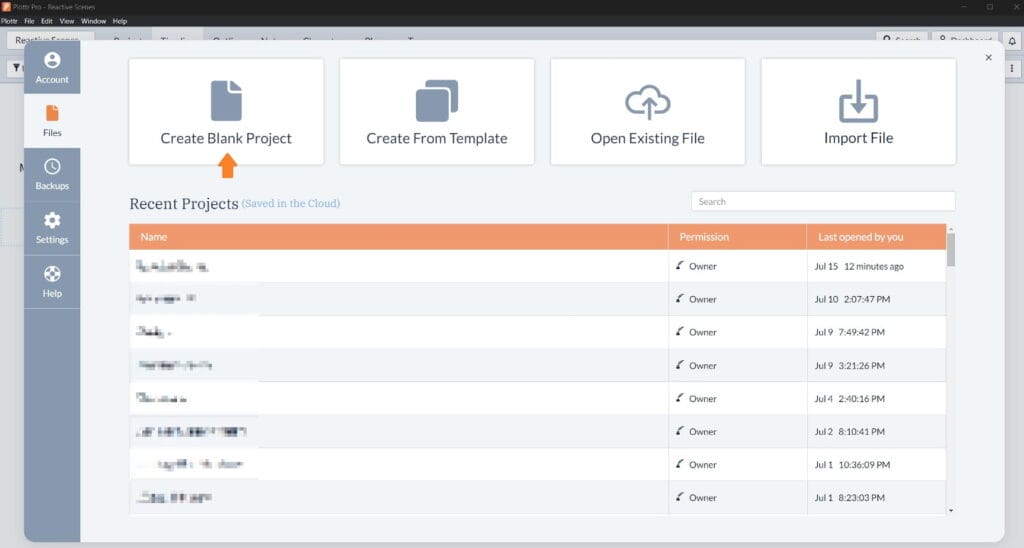
- Step 2: Hover over the plotline where you want to add a scene card and click Use Template in the box that appears

- Step 3: Select Sarra Cannon’s Scene Roadmap from the list of scene templates and click Choose to add it to your scene card

- Step 4: Name the Scene Card and press Enter to save it
- Step 5: Open the card and start filling out the template!
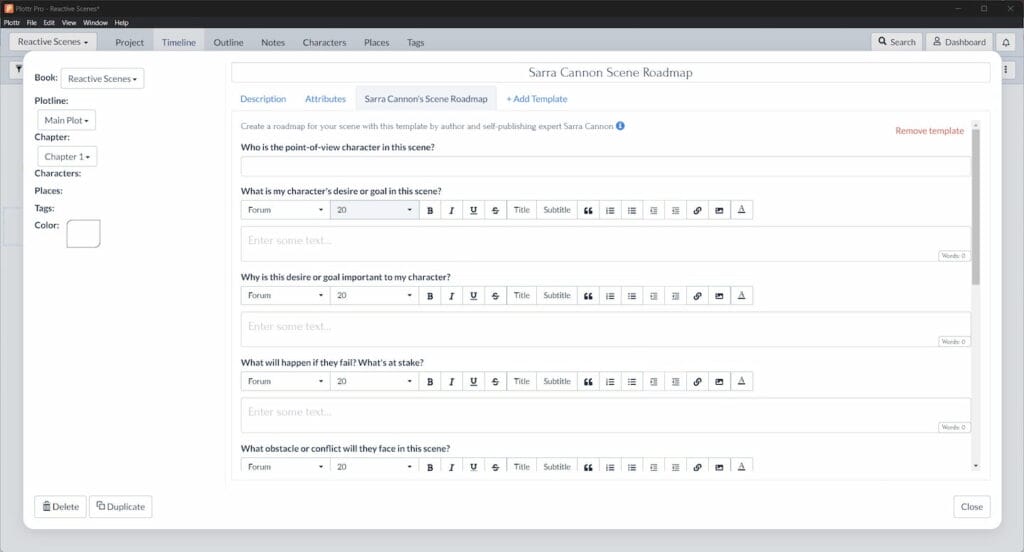
You can also add a template to an existing scene card by clicking the +Add Template button within the scene card.
Flesh out other aspects of your scenes with these scene templates in Plottr:
Follow the Map to a Well-Crafted Story
Using Sarra Cannon’s Scene Roadmap with Plottr helps ensure your story is exciting from departure to arrival (and home again). Ready to get started? Sign up for a free trial or purchase Plottr today and see how the Sarra Cannon’s Scene Roadmap scene template among many other story structure templates and features can help you keep scenes riveting.
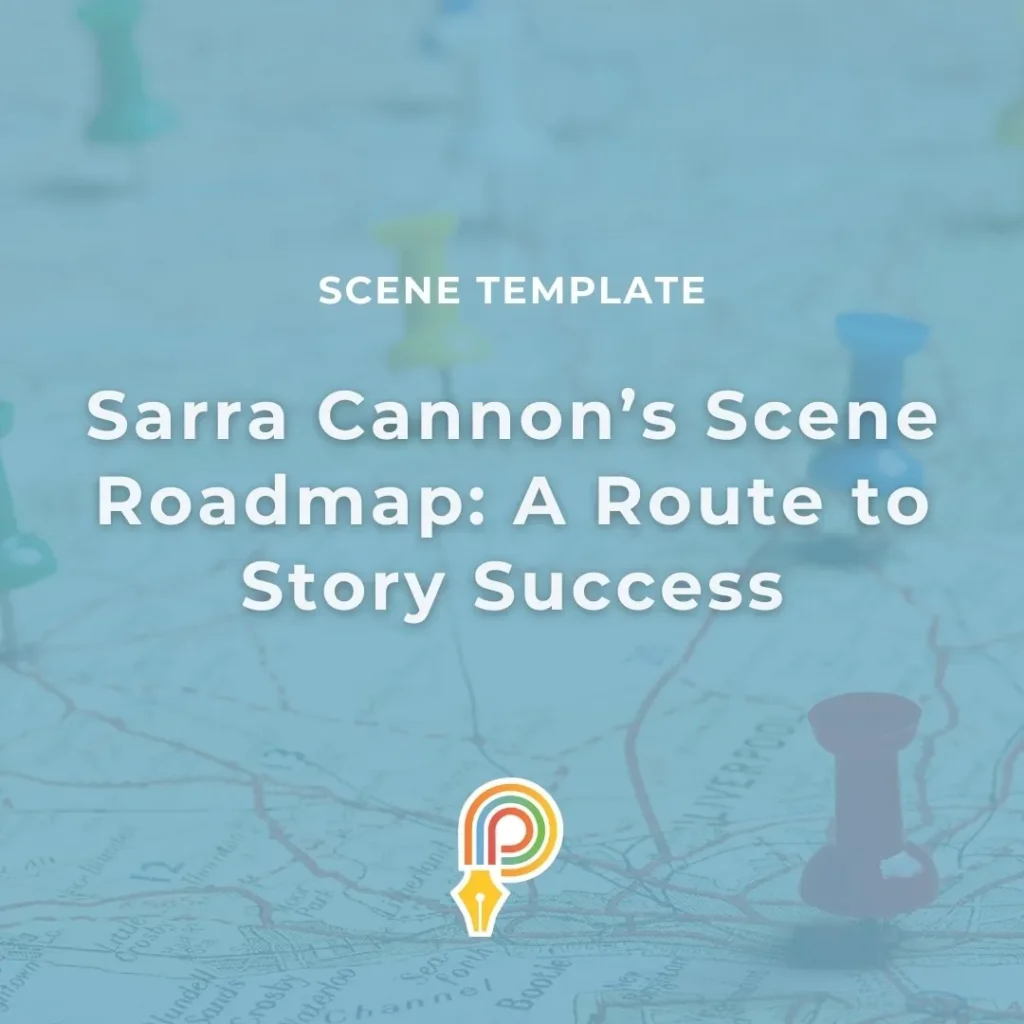


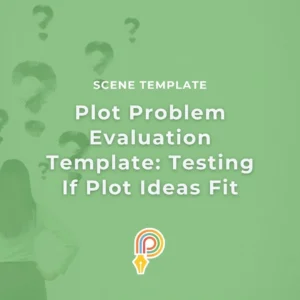
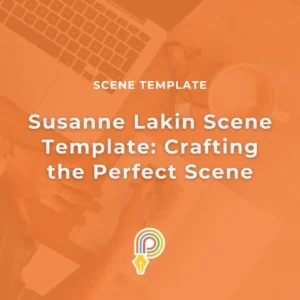
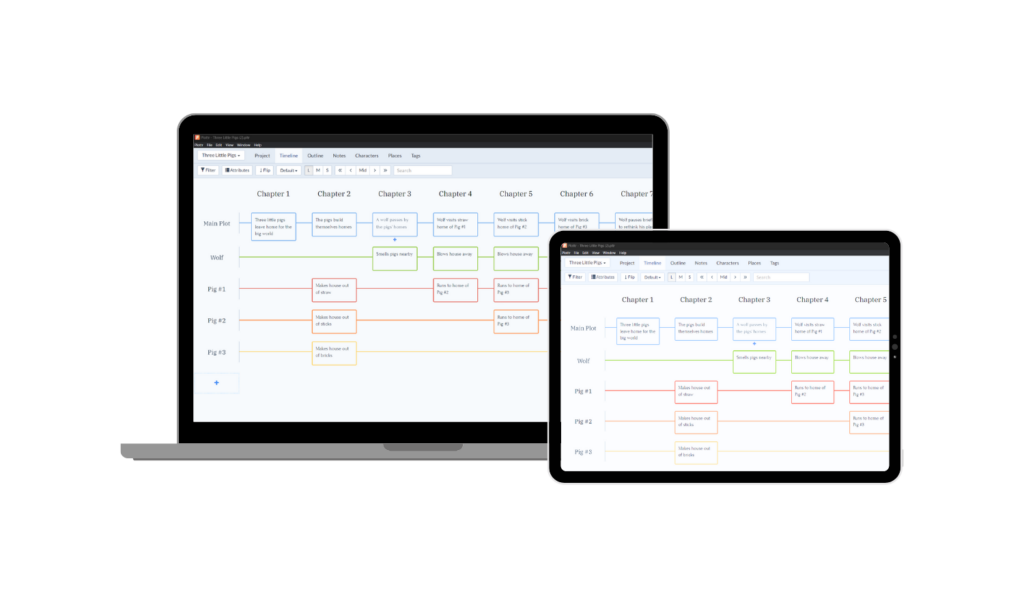



Comments